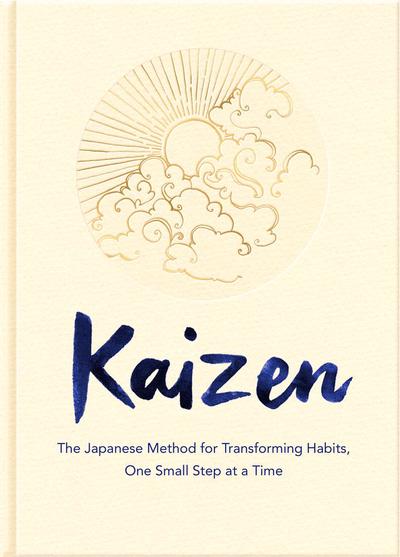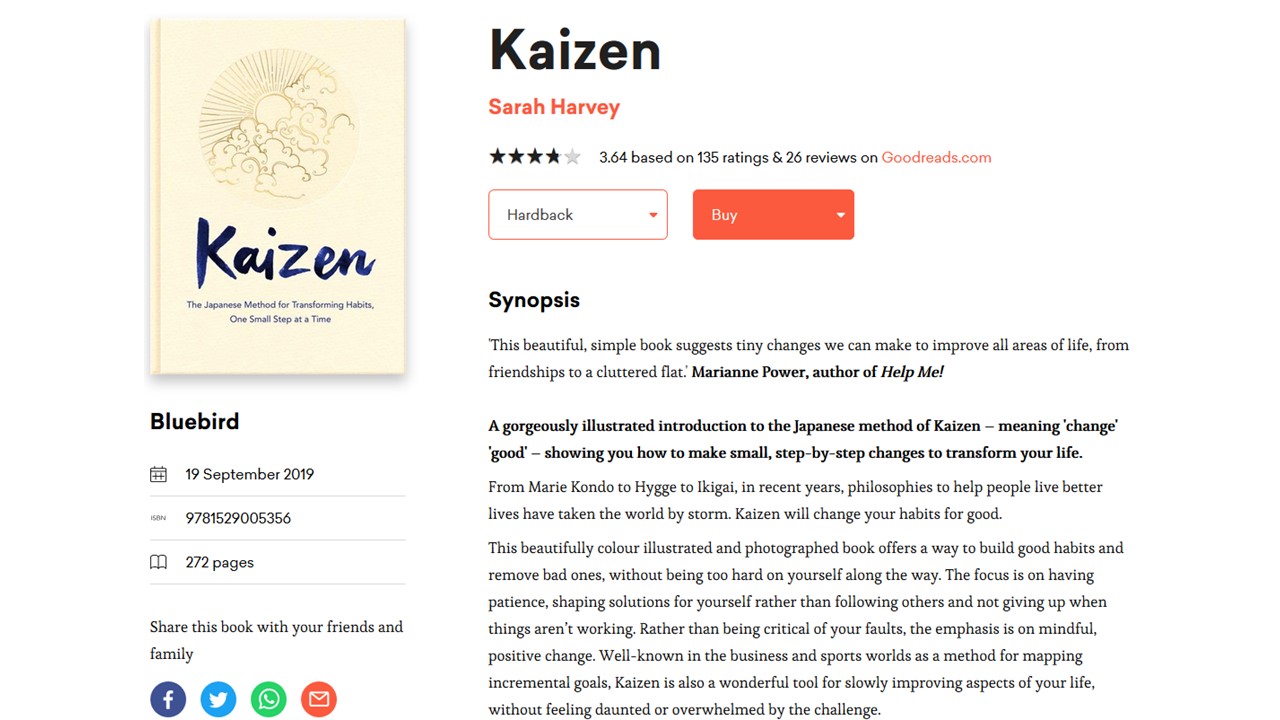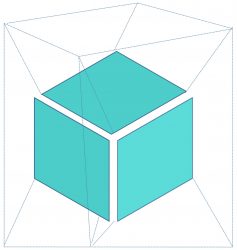In evolutionary biology there is still a discussion about the functional explanation of why humanoids developed a chin. A recent paper by Meyer-Rochow adds a new functional explanation for the evolution of the chin to the literature. Across cultures and sufficiently distant populations of humans, similar patterns of the use of the chin have been observed. In comparison to other species under the superfamily “Hominoidea”, our bites are only of minor strength and apes, Orang Utans have not developed a chin quite like us, homo sapiens. Origins of the chin as “weapon” in fighting and broader social selectivity remain hypotheses without sufficient proof of evidence.
In addition to the functional explanations of easier “mastication” or formation of words, chins might serve as an additional part of the body to hold items to the chest. This function, of holding tools or stuff could have been an advantage for our ancestors and became a favoured trait. During the pandemic our chins became a supporting or hindering reason in the struggle to wear masks for extended periods of time (see image below).
Nowadays, we ask ourselves about the social selectivity into becoming a violin player with this important function of the jaw and chin to hold the instrument. A rival hypothesis is, of course, that holding things with our mouth, like needles or screws, in sewing or handicrafts could eventually make the chin disappear. The bipedalism of hominids, freed our hands for other tasks and the evolution of a chin could similarly reinforce the efficient use of our hands.
Novel use cases for the chin, like holding your smartphone while typing on a keyboard or while opening doors, might enhance the chinny trait of hominids.
Over hundred of thousands of years the interaction of the bio->psycho->social (BPS) spheres of life may have interesting traits for us down (or up) the evolutionary line.
(Image: European parliament, Brussels 2020-7-23 address by Ursula von der Leyen in “masked assembly”).
Olympic Nature
Nature and its biodiversity can teach us many lessons. This is made very explicit in the small exhibition in the “Jardin des Plantes” in Paris. The treasures of (lost) biodiversity are exposed in the adjacent “Muséum National d’Histoire Naturelle”. In a pleasant environment within Paris you can stroll along rare flowers and trees to pass the posters that demonstrate the astonishing achievements of some species (Les champions of nature). For example ants would surpass us in weightlifting in relationship to own weight. A marathon of 42 km is a very short distance for birds flying across continents with rest. High jump or long jump is rather easy for frogs, but we struggle already to jump a little bit higher than our own body length. Lots of other examples are shown the exhibition and should make us a bit more humble concerning the sport accomplishments of humans. Beyond Darwin and Mendel there is a lot to see and experience in the Great Gallery of Evolution. After the question remains whether we are really at the top of the evolutionary ladder. In terms of marketing our successes irrespective of many species disappearing with rapid speed, we still appear rather unique in the evolution. Learning from other species as in bionics is a powerful strategy which is also quite effective to empower humans compared to other species.

Kaizen oder Kai’Zen bei Covid-19
Die Buchveröffentlichung zu Kaizen bei Pan Macmillan (Bild unten) hat mich erneut mit persönlichem Gewinn an die altbekannte Managementmethode anknüpfen lassen. Für viele ist Kaizen, ich mag lieber Kai’Zen als Wortspiel und konkretere Vorstellung zu den japanischen Kanji-Zeichen. Laut einem Wikipediaeintrag steht “Kai” für Veränderung und Wandel, “Zen” = zum Besseren, zum Guten. Der daraus resultierende kontinuierliche Verbesserungsprozess wurde in der Privatwirtschaft und dem öffentlichen Dienst geradezu zu einem neuen Mantra. Bei der Wahl der richtigen Indikatoren wie Patienten- oder Kundenzufriedenheit und eben nicht nur Kosten(senkung) kann das Anstoßen von Kai’Zen mittelfristig und langfristig wahre Wunder bewirken. Deswegen ist der Vergleich mit dem auf Schumpeter zurückgehenden Prozess der “kreativen Destruktion” d.h. dem Erfolg von radikalen Veränderungen stets sinnvoll. Viele Start-ups können von dieser Methode lernen, anwendbar bei sich selbst, in Gruppen oder für ganze Gesellschaften. In Zeiten von Covid-19 könnten wir auch sagen “von Viren lernen”. Kai’Zen ist “Bionics” pur. Aber genauso mit dieser Methode werden wir den Virus eindämmen und einen Impfstoff entwickeln. Die Viren bleiben gut in Kai’Zen, wir auch. Bleiben wir dran, wir haben den längeren Atem ;-). Einen der führenden Virologen Peter Piot hätte Covid-19 nun dennoch fast erwischt.



